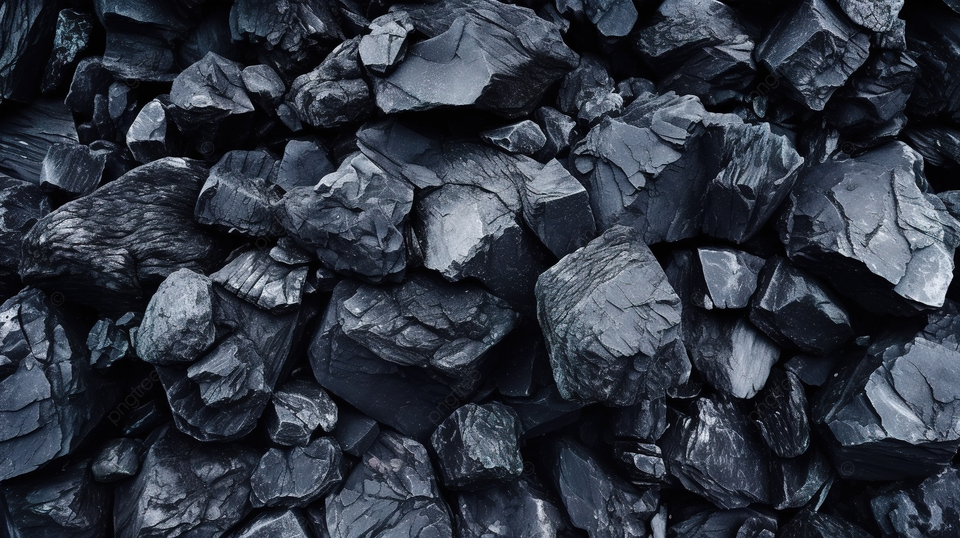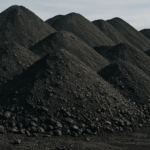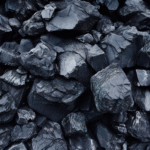Coal: A Vital Energy Resource in Global Industry
Coal is a black, combustible rock rich in carbon, used worldwide for energy, steel production, and industry. A vital natural resource powering progress and global development.

What is Coal?
Coal is a combustible black or brownish-black sedimentary rock composed primarily of carbon, along with hydrogen, sulfur, oxygen, and nitrogen. It is formed from ancient plant material that has been subjected to heat and pressure over millions of years. Coal is one of the most abundant and widely used fossil fuels, playing a central role in powering economies and industries worldwide.
Types of Coal
- Anthracite – Highest carbon content, burns cleanest and hottest.
- Bituminous – Most commonly used coal, high energy output.
- Sub-bituminous – Lower carbon content, higher moisture.
- Lignite – Softest and least energy-dense, mostly used near the mine site.
Uses and Benefits of Coal
- Electricity Generation
Coal-fired power plants remain a major source of electricity, especially in developing countries.
-
Industrial Fuel
Used in steel production (via coke), cement manufacturing, and other high-heat industrial processes. -
Coal Gasification & Liquefaction
Coal can be converted into synthetic fuels, gas, or chemicals through advanced processing. -
Domestic Use
In some rural areas, coal is still used for cooking and heating.
Coal Byproducts and Derivatives
- Coke: A high-carbon product used in steelmaking.
- Coal Tar: Used in the production of dyes, chemicals, and pharmaceuticals.
- Fly Ash: A residue used in construction materials like concrete and bricks.
- Activated Carbon: Derived from coal and used in filtration and purification systems.
Top Coal Consumers and Exporters
- Major Consumers: China, India, United States, Japan, South Korea, and Germany.
-
Leading Exporters: Indonesia, Australia, Russia, United States, and Colombia.
Environmental and Economic Considerations
Coal has significant energy output, but it is also associated with environmental concerns such as carbon emissions and air pollution. Cleaner coal technologies, including carbon capture and improved efficiency, are being developed to reduce its impact.


